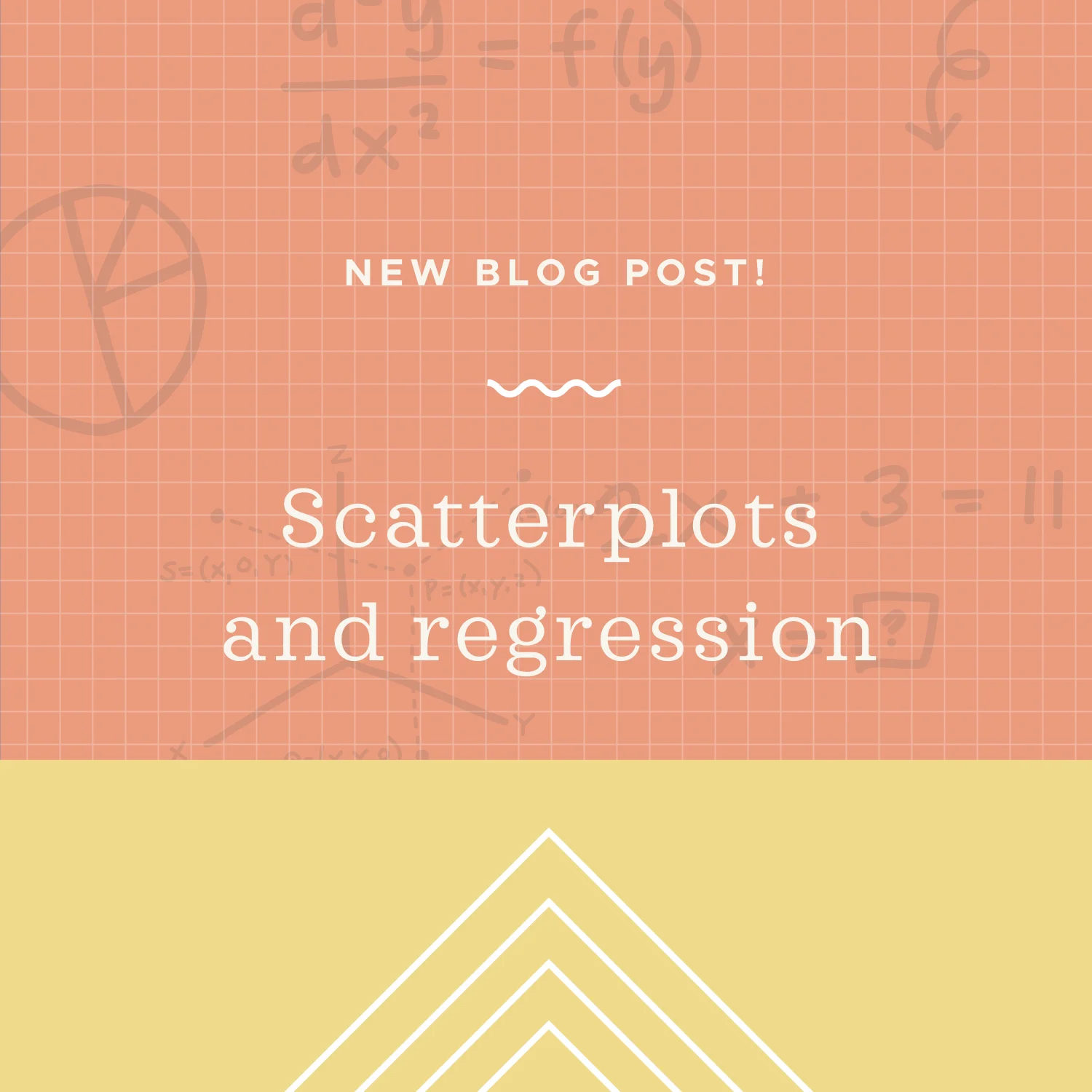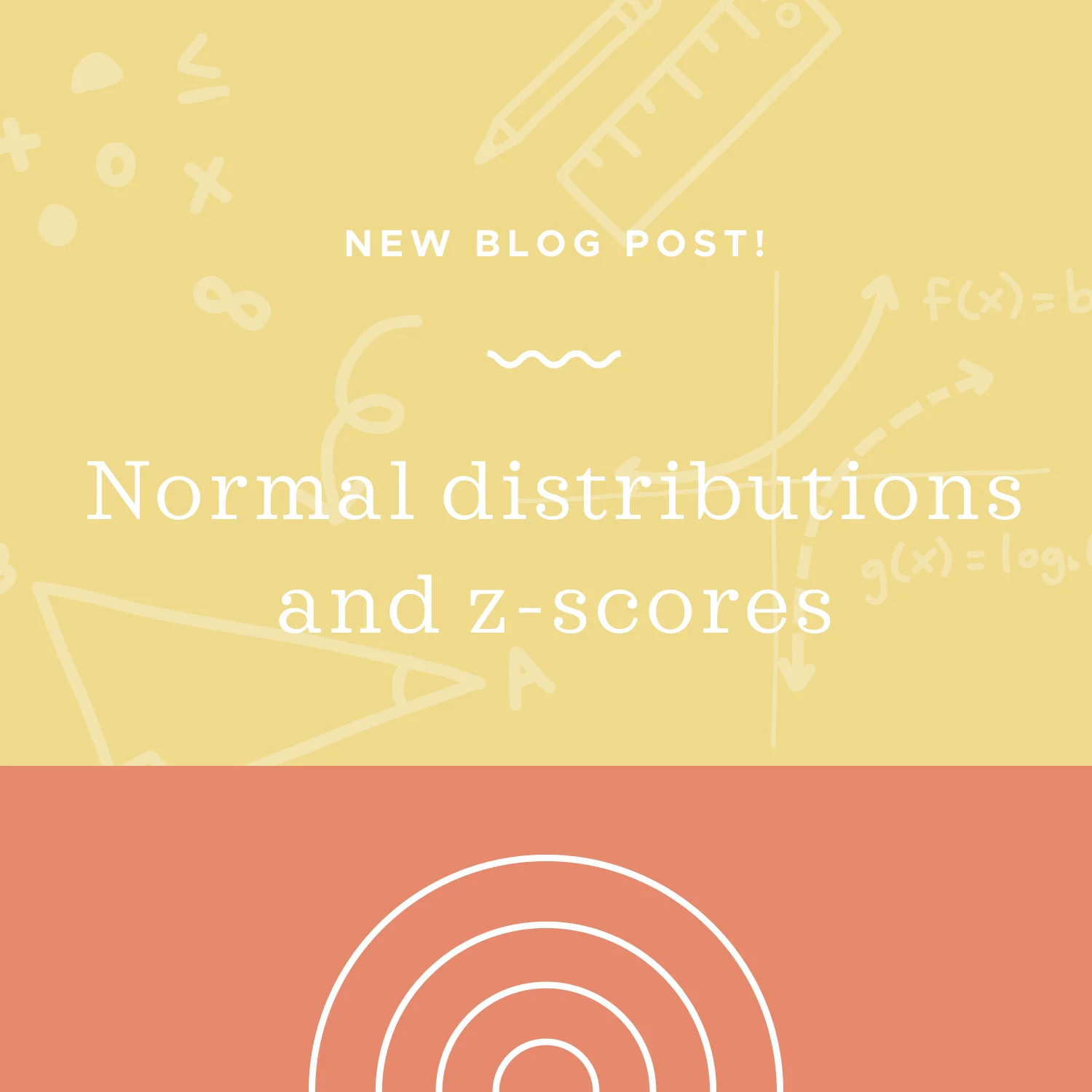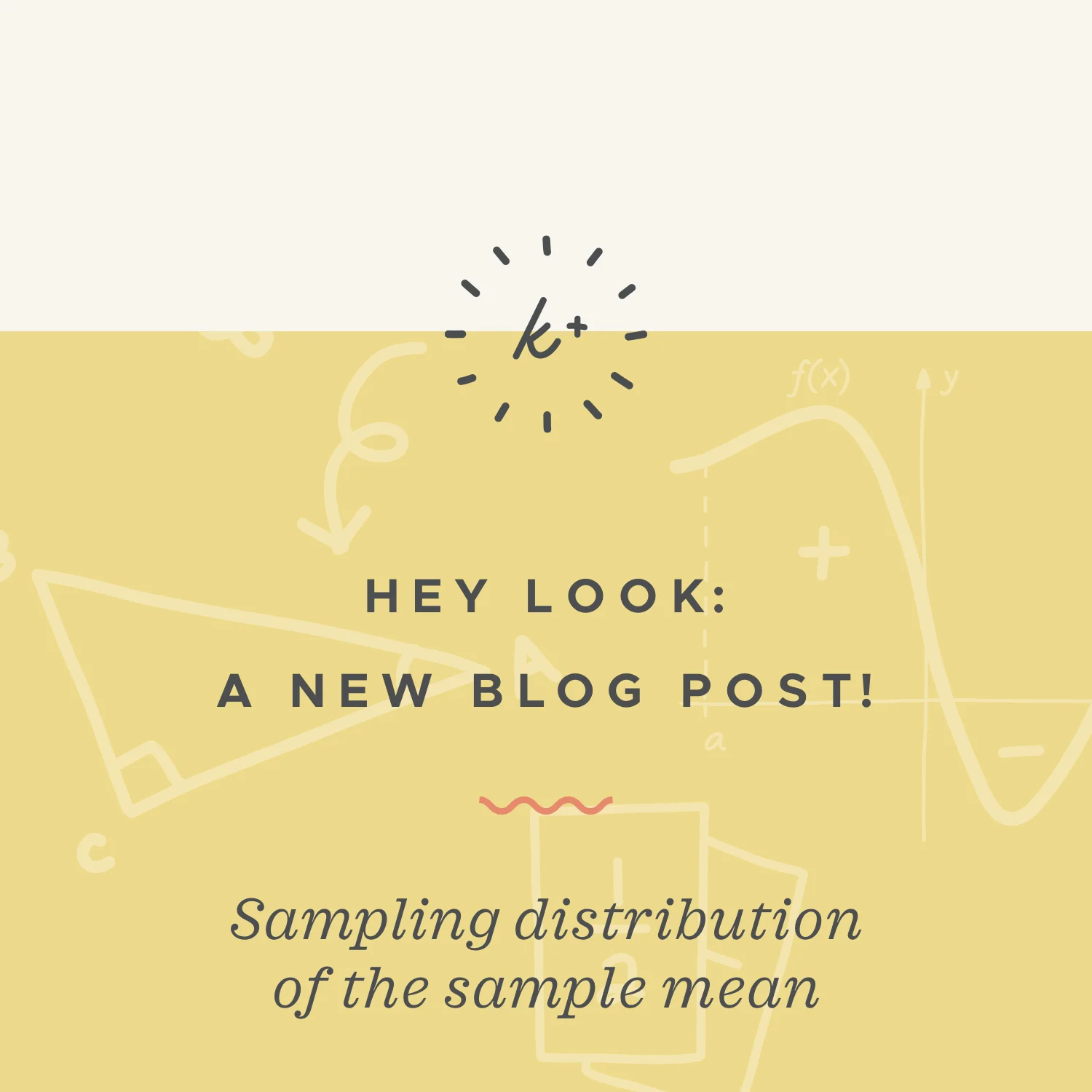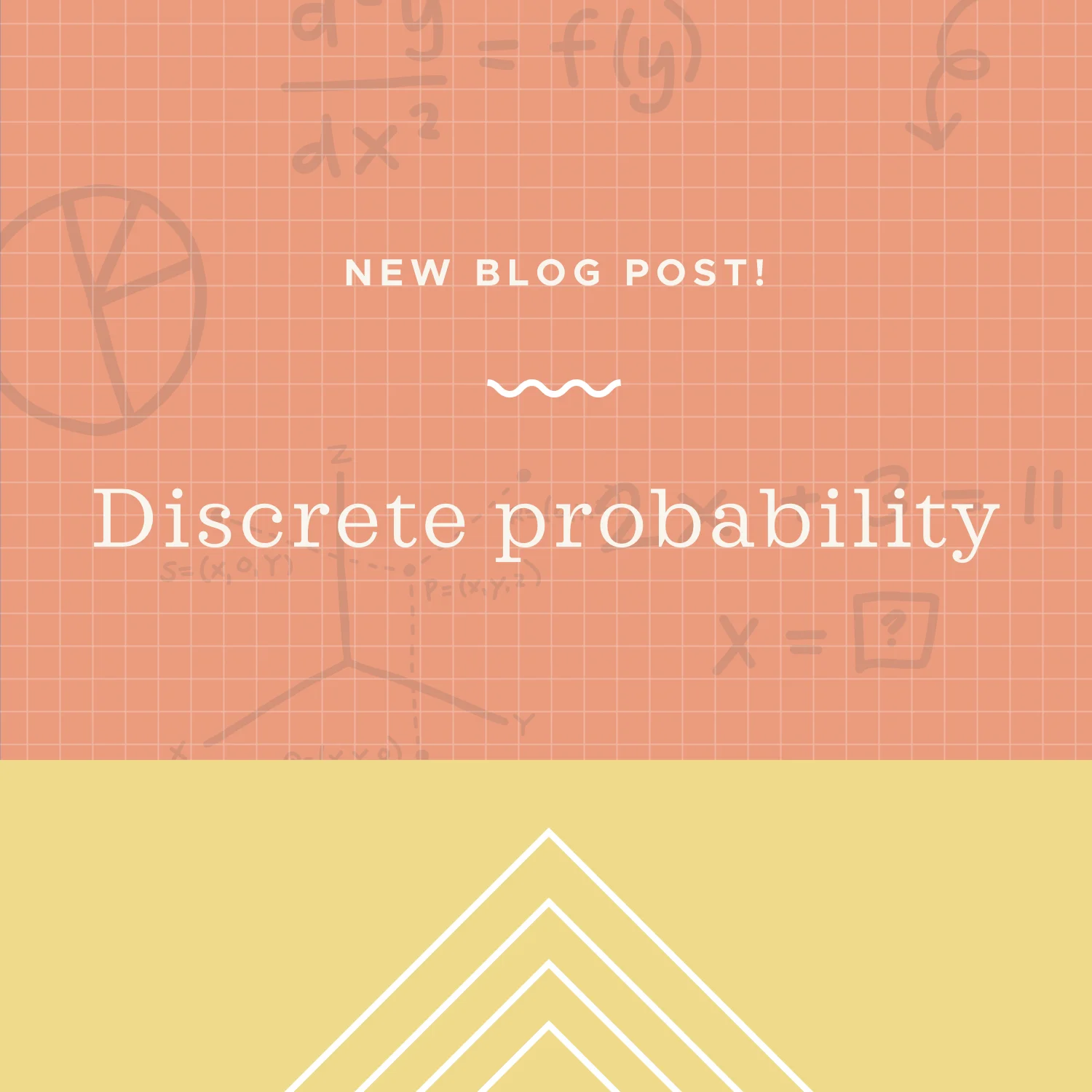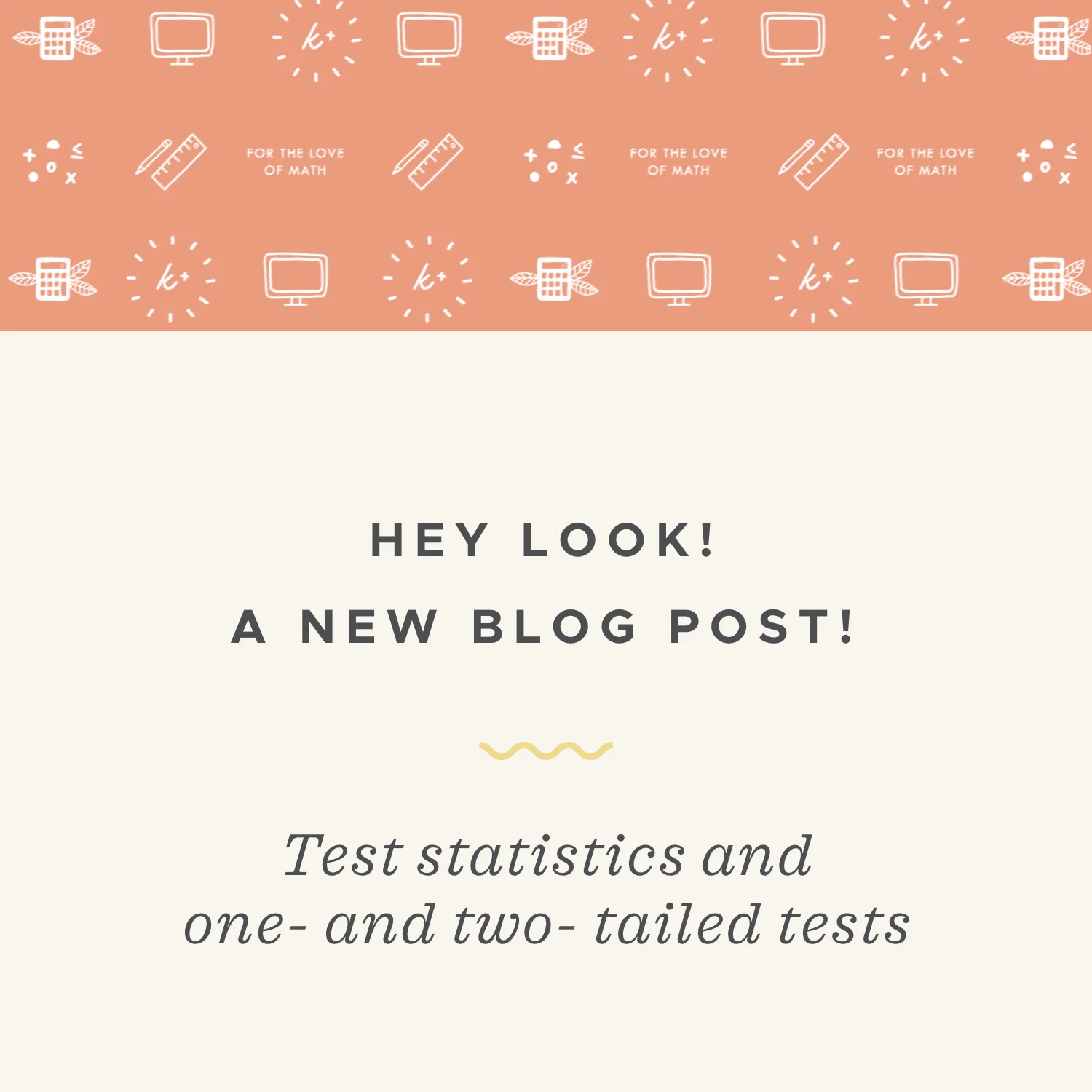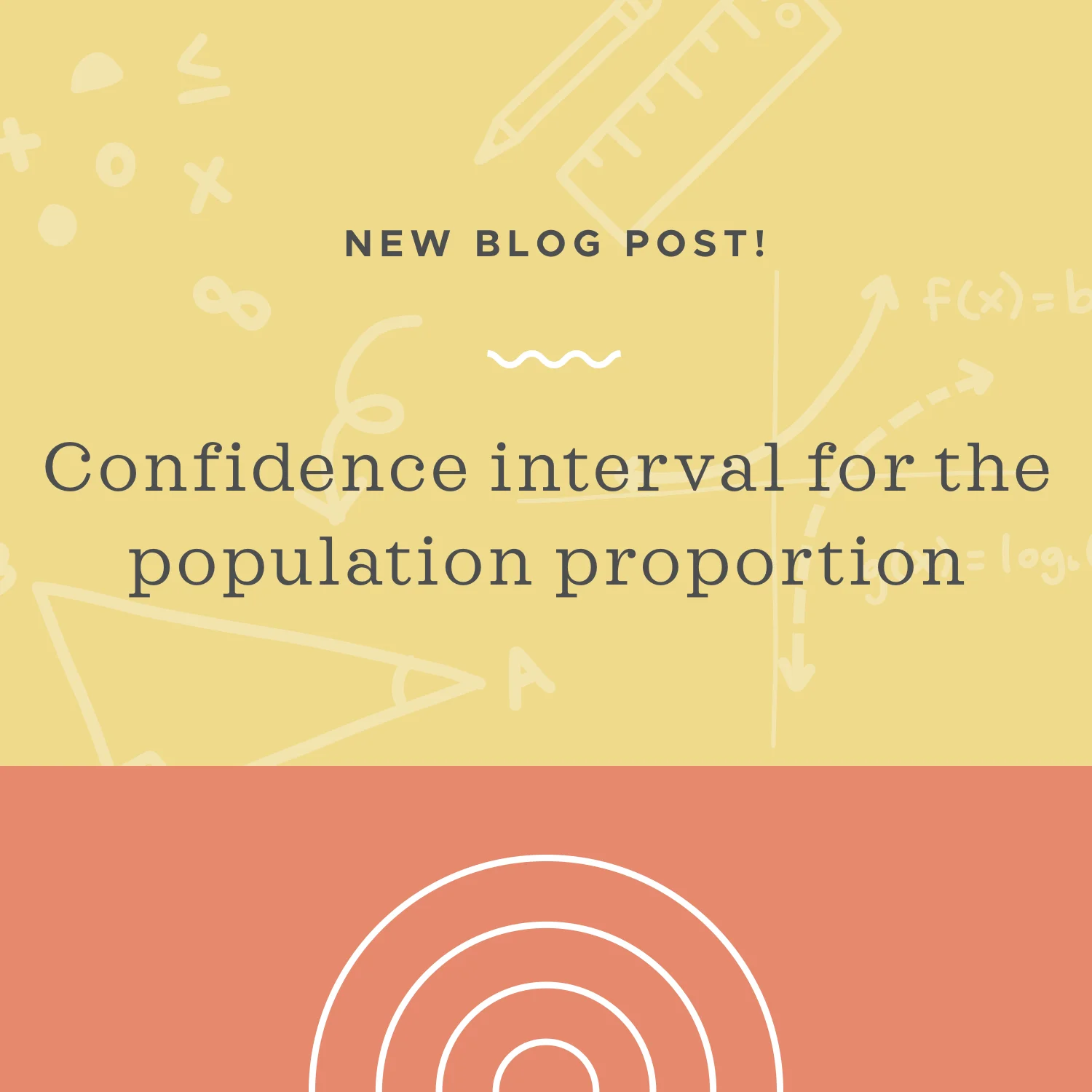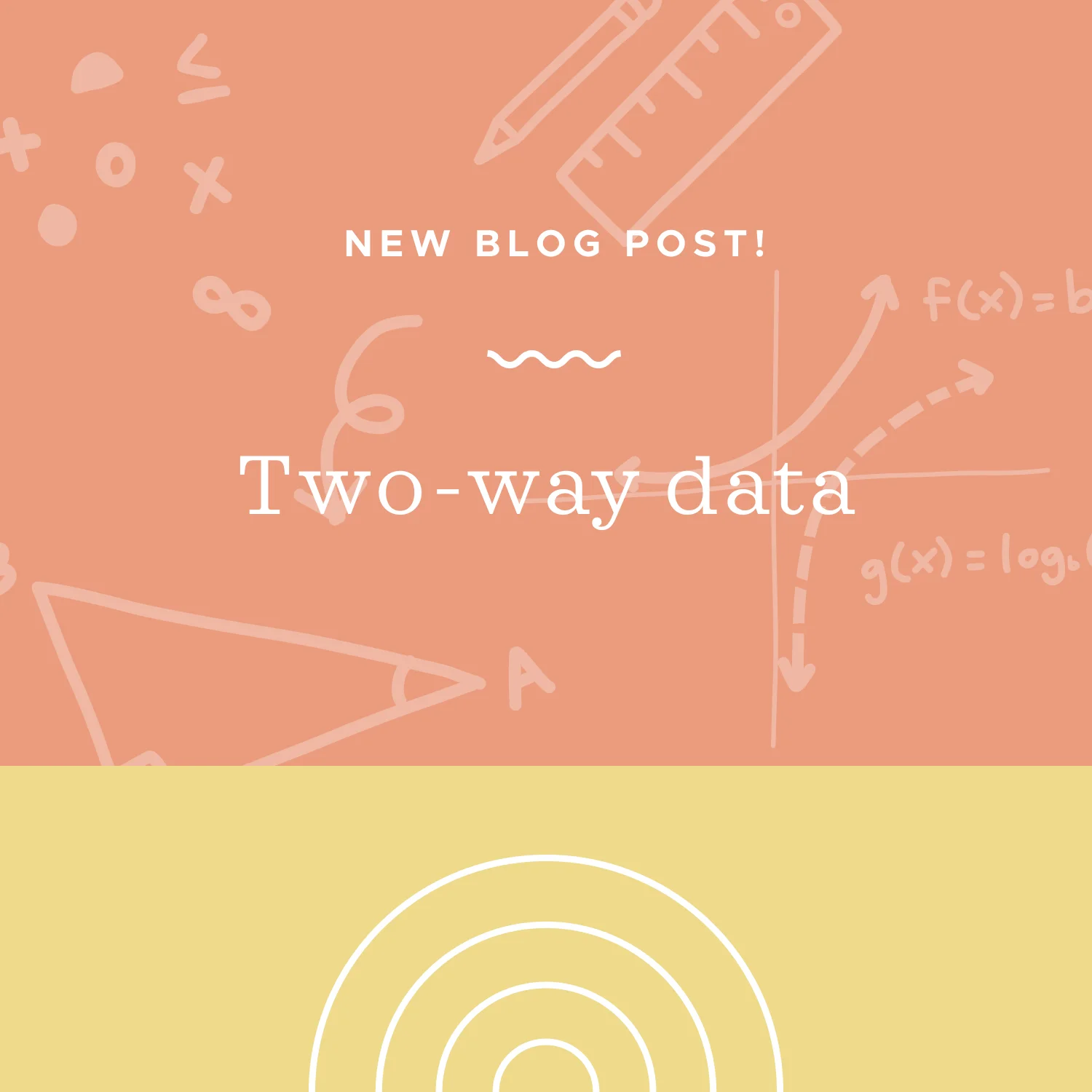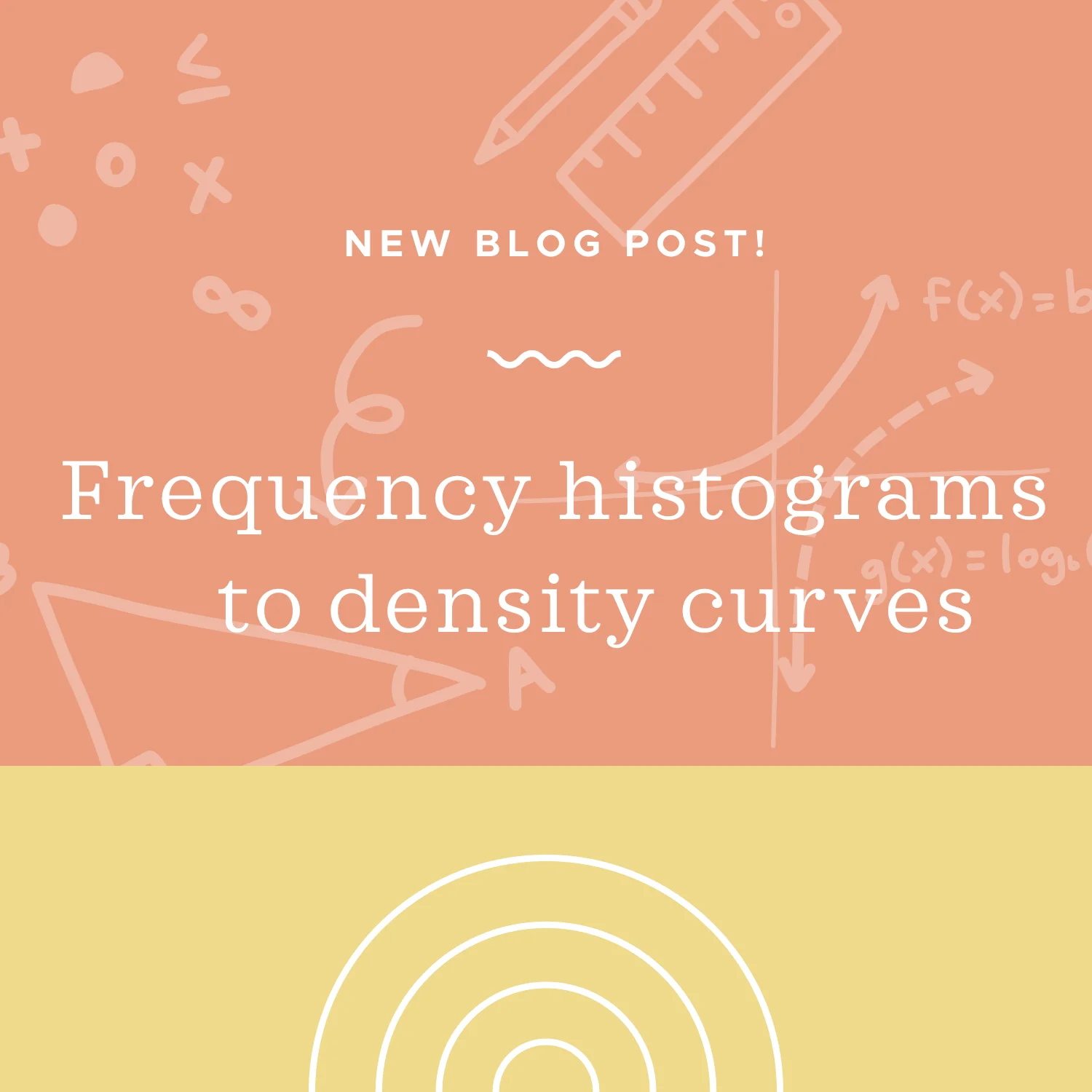The p-value (or the observed level of significance) is the smallest level of significance at which you can reject the null hypothesis, assuming the null hypothesis is true. You can also think about the p-value as the total area of the region of rejection. Remember that in a one-tailed test, the region of rejection is consolidated into one tail, whereas in a two-tailed test, the rejection region is split between two tails.
Read MoreIn order to answer many probability questions, we need to understand permutations and combinations. A permutation is the number of ways you can arrange a set of things, and the order matters.
Read MoreIn the same way that we were able to find a sampling distribution for the sample mean, we can find a sampling distribution for the sample proportion. When we found the sampling distribution of the sample mean, we did that for a population with continuous probability distribution, where the population has a population mean u.
Read MoreA scatterplot, also called a scattergraph or scatter diagram, is a plot of the data points in a set. It plots data that takes two variables into account at the same time.
Read MoreNormal distributions follow the empirical rule, also called the 68-95-99.7 rule. The rule tells us that, for a normal distribution, there’s a 68% chance a data point falls within 1 standard deviation of the mean, there’s a 95% chance a data point falls within 2 standard deviations of the mean, and there’s a 99.7% chance a data point falls within 3 standard deviations of the mean.
Read MoreUp to now we’ve been focused mostly on hypothesis testing for the mean, but we can also perform hypothesis tests for a proportion. In order for the test to work, we’ll need np≥10 and n(1-p)≥10, where p is the probability of a success, and 1-p is the probability of failure.
Read MoreA sample mean or sample proportion might be a great estimate of the population parameter, or it might be a really bad estimate. So it would be really helpful to be able to say how confident we are about how well the sample statistic is estimating the population parameter, and that’s where confidence intervals come in.
Read MoreWe’ll cover each part of this process throughout this section. Here’s where we’re headed: There are five steps for hypothesis testing: 1) State the null and alternative hypotheses, 2) Determine the level of significance, 3) Calculate the test statistic, 4) Find critical value(s), and 5) State the conclusion. This process is also called inferential statistics, because we’re using information we have about the sample to make inferences about the population.
Read MoreUp to this point, we’ve been focusing on independent events, which are events that don’t effect one another. For example, if I flip a coin two times in a row, the result of the first flip doesn’t effect the second flip, so those flips are independent events.
In other words, if I get heads on the first flip, the second flip still has an equally likely chance of producing heads or tails. If instead I get tails on the first flip, the second flip still has an equally likely chance of producing heads or tails.
Read MoreConsider the fact though that pulling one sample from a population could produce a statistic that isn’t a good estimator of the corresponding population parameter. To correct for this, instead of taking just one sample from the population, we’ll take lots and lots of samples, and create a sampling distribution of the sample mean.
Read MoreA discrete random variable is a variable that can only take on discrete values. For example, if you flip a coin twice, you can only get heads zero times, one time, or two times; you can’t get heads 1.5 times, or 0.31 times.
Read MoreWith any hypothesis test, we need to state the null and alternative hypotheses, then determine the level of significance. We’ve already covered these first two steps, and now we want to learn how to calculate the test statistic, which will depend on whether we’re running a two-tail test or a one-tail test.
Read MoreIf we know how we’re sampling, what confidence level we want to use, and we know the sample proportion and standard error, then we can plug these values into the correct formula, find the critical value associated with the confidence level, and then calculate the confidence interval directly.
Read MoreIn this lesson, we want to see what happens to our measures of central tendency and spread when we make changes to our data set. Specifically the changes made either by changing all the values in the set at once, or by adding a single data point to, or removing a single data point from, the data set.
Read MoreBar graphs and pie charts can both be used to represent the same set of data. Pie charts will work better for some data sets, but bar graphs will work better for others.
Read MoreSometimes we talk about two-way data in terms of independent variables and dependent variables. In the case of one-way data, we had one independent variable, called the individuals, and one or more dependent variables, called the variables. In the case of two-way data, we have two independent categories on which the variables are dependent.
Read MoreA relative frequency histogram is the same as a regular histogram, except that we display the frequency of each category as a percentage of the total of the data. A frequency polygon is a polygon-shaped figure that shows the frequency at which each category occurs in the data set.
Read MoreA Bernoulli random variable is a special category of binomial random variables. Specifically, with a Bernoulli random variable, we have exactly one trial only (binomial random variables can have multiple trials), and we define “success” as a 1 and “failure” as a 0.
Read More





